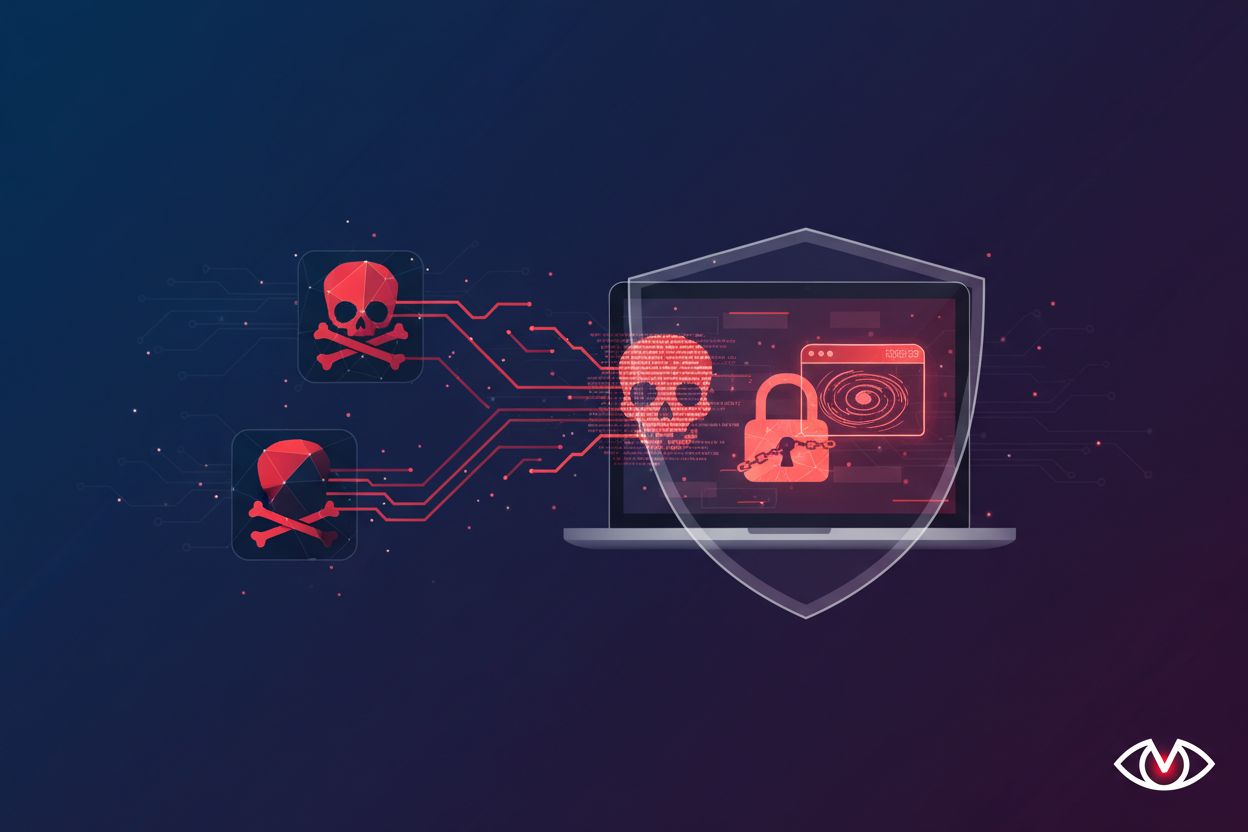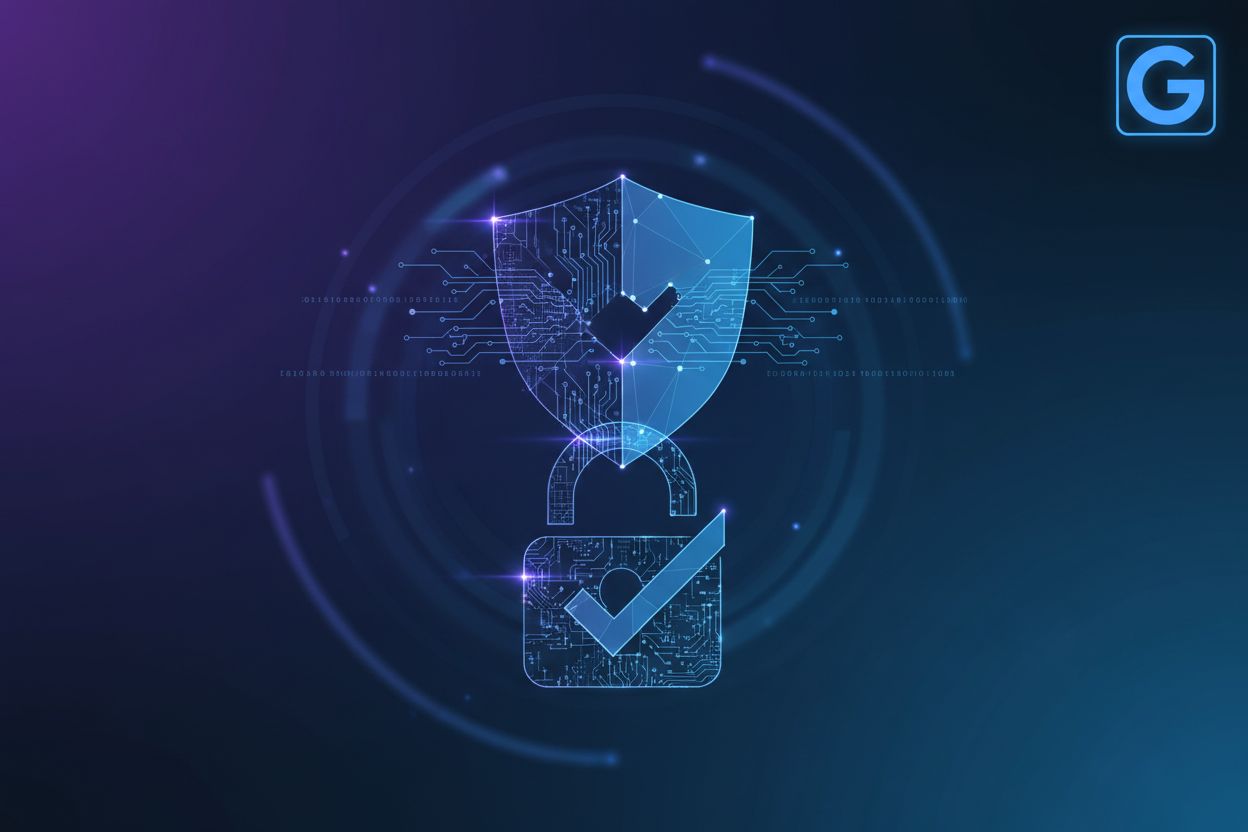New Zero-Day CVE-2025-10585 Exploit in Chrome's V8 Engine
TL;DR
Chrome V8 Zero-Day Vulnerability: CVE-2025-10585
A new zero-day vulnerability, CVE-2025-10585, has been discovered in Google Chrome's V8 JavaScript and WebAssembly engine and is actively being exploited in the wild. This high-severity type confusion flaw allows attackers to execute malicious code on victims' systems by luring them to compromised websites with crafted JavaScript.
Technical Details of CVE-2025-10585
CVE-2025-10585 is a type confusion vulnerability within the V8 JavaScript engine, which can lead to arbitrary code execution. The vulnerability occurs when the V8 engine misinterprets the data it's working with, leading to memory corruption and potential control of the browser. Google's Threat Analysis Group discovered the flaw on September 16, 2025. Technical and exploitation details are being withheld to prevent further abuse before users can apply the patch. Type confusion vulnerabilities have been exploited in the past by creating websites with specially crafted JavaScript code that triggers the vulnerability when users visit these malicious sites.
Impact and Exploitation
Successful exploitation of CVE-2025-10585 allows remote attackers to execute arbitrary code by tricking users into visiting a malicious website. The V8 engine misinterprets data, leading to memory corruption and potential control of the browser. Attackers can create websites with crafted JavaScript to trigger the type confusion, potentially leading to arbitrary code execution on the user's computer. Google's advisory confirms that an exploit for CVE-2025-10585 exists in the wild, marking it as the sixth zero-day in Chrome this year to be actively exploited.
Affected Versions and Updates
The vulnerability affects Google Chrome versions prior to:
- Chrome 140.0.7339.185/.186 on Windows and macOS
- Chrome 140.0.7339.185 on Linux
Users are advised to update to the latest versions to mitigate the risk. The update also patches three other high-severity vulnerabilities, including CVE-2025-10500, a use-after-free bug in the Dawn WebGPU implementation. Users of other Chromium-based browsers, such as Microsoft Edge, Brave, Opera, and Vivaldi, should also install the corresponding security updates as soon as they are released.
Mitigation and Detection Strategies
To mitigate the risks associated with CVE-2025-10585, users should update Chrome to the latest version. Organizations should prioritize patching and apply extra safeguards until all systems are updated. SOC Prime offers detection tools and Sigma rules to identify exploitation attempts.
General detection methods include:
- Monitoring for unusual outbound connections from Chrome processes.
- Using Endpoint Detection and Response (EDR) solutions to observe abnormal behaviors.
- Regularly reviewing system and application logs for error messages related to the V8 engine.
Related Vulnerabilities and Security Practices
This is the sixth actively exploited Chrome zero-day this year. Other recent vulnerabilities include CVE-2025-5419 and CVE-2025-6558. Users should avoid clicking on suspicious links in emails or on websites. Running a dedicated security solution on all devices is also recommended. Staying updated with the latest security patches is crucial, even for those who may not consider themselves high-risk targets.





